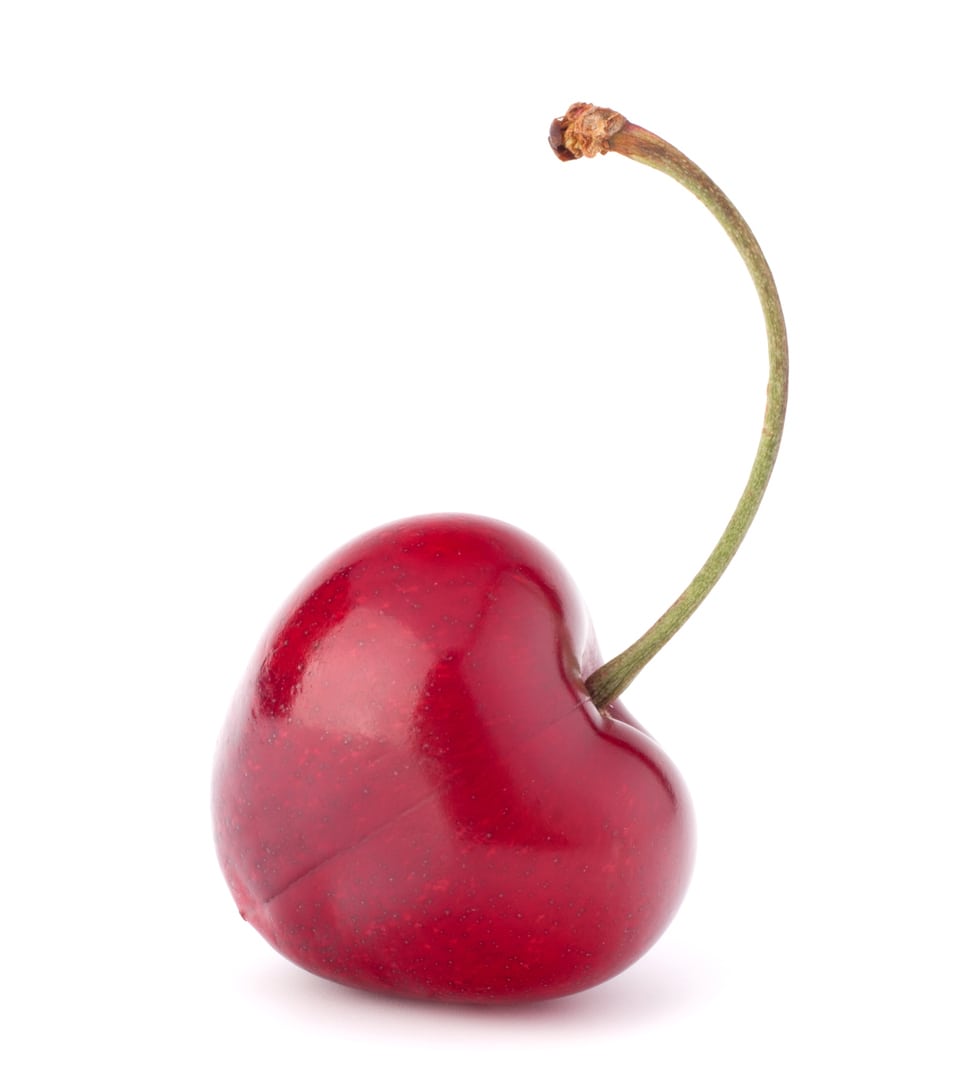Sweetheart Cherry Info: Can You Grow Sweetheart Cherries At Home


What are Sweetheart cherries? These large, bright red cherries are prized for their heart-like shape and firm texture, but mostly for a distinctive, super-sweet, mildly tart flavor. Can you grow sweet cherries? You sure can, as long as you live in USDA plant hardiness zones 5 through 7. In fact, Sweetheart cherries are among the easiest cherries to grow in the home garden. Want to learn how to grow sweetheart cherries? Read on!
Sweetheart Cherry Info
Sweetheart cherry trees, which reach heights and widths of 7 to 10 feet (2-3 m.), are highly ornamental year round, with beautiful pink and white blooms against a backdrop of shiny, dark green leaves. The beauty continues with red and orange autumn leaves, followed by bark that adds textural interest throughout the winter. Unlike many cherry trees, Sweetheart cherry trees are self-pollinating, so it isn’t necessary to plant another cherry tree nearby. Sweetheart cherries ripen in summer and continue for several weeks.
How to Grow Sweetheart Cherries
Plant Sweetheart cherry trees in late fall or early spring. Avoid soggy, poorly drained areas, as the trees require a well-drained soil. Ensure the trees receive a minimum of six hours of sunlight per day to promote healthy blooming and fruit development. Provide Sweetheart cherries with about 1 inch (2.5 cm.) of water per week when the trees are young. The trees may need a little more moisture during dry periods, but don’t overwater. Water carefully, as they are prone to powdery mildew. Water at the base of the tree, using a soaker hose or drip irrigation system. Avoid overhead irrigation as the foliage should remain as dry as possible. Mulch Sweetheart cherry trees with about 3 inches (8 cm.) of mulch to prevent moisture evaporation. Mulch will also keep weeds in check and prevent temperature fluctuations that can trigger splitting. Fertilize your cherry trees every spring, about a month before flowering, using a light application of a low-nitrogen fertilizer. Once the trees mature and begin to bear fruit, fertilize annually after cherries are harvested. Prune cherry trees in late winter. Remove dead or damaged growth and branches that cross or rub other branches. Thin the center of the tree to improve air circulation. Regular pruning will also help prevent powdery mildew and other fungal diseases. Pull suckers from the base of the tree throughout the season. Unless they are removed, suckers will promote powdery mildew, and will rob the tree of moisture and nutrients.
Sign up for the Gardening Know How newsletter today and receive a free copy of our e-book "How to Grow Delicious Tomatoes".

A Credentialed Garden Writer, Mary H. Dyer was with Gardening Know How in the very beginning, publishing articles as early as 2007.